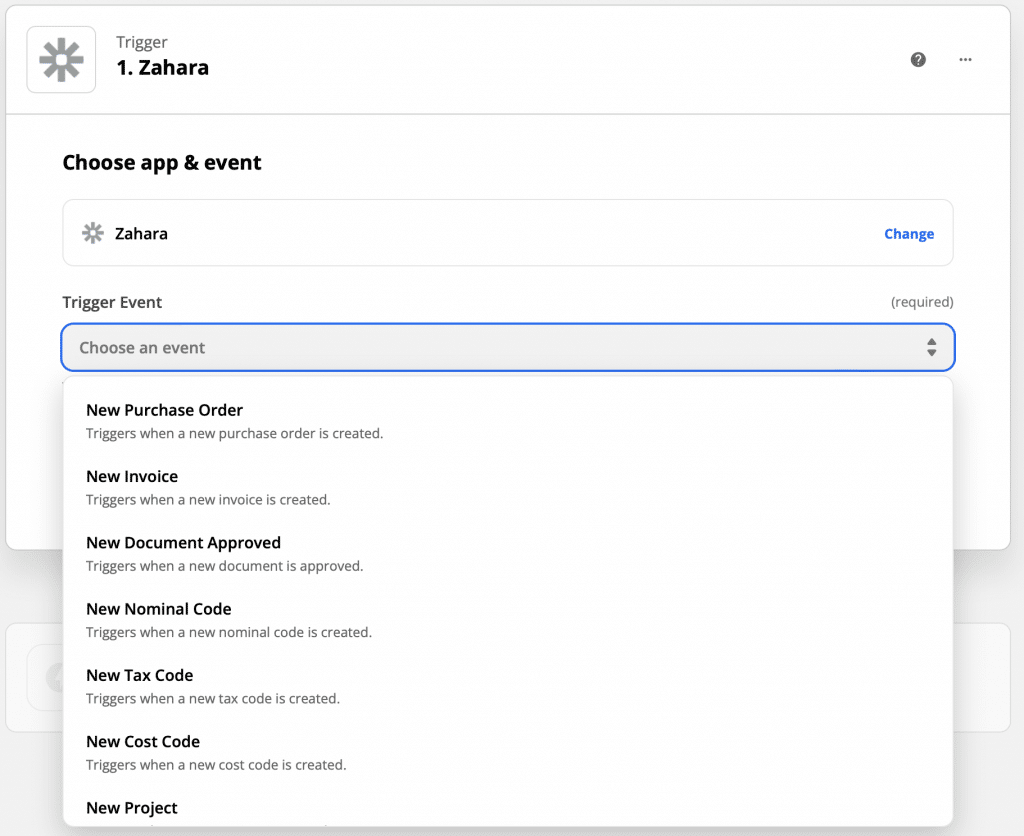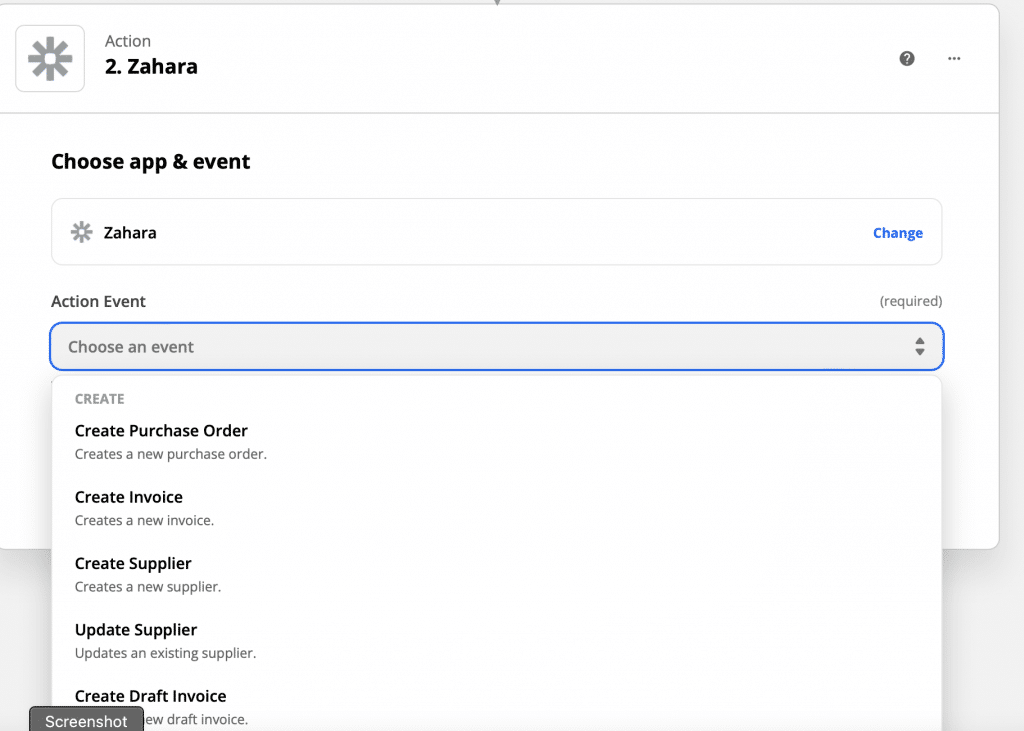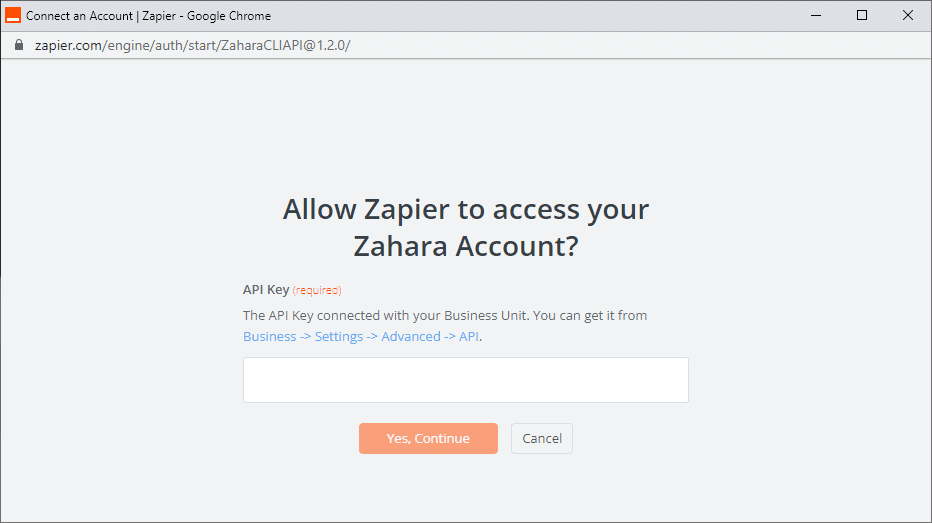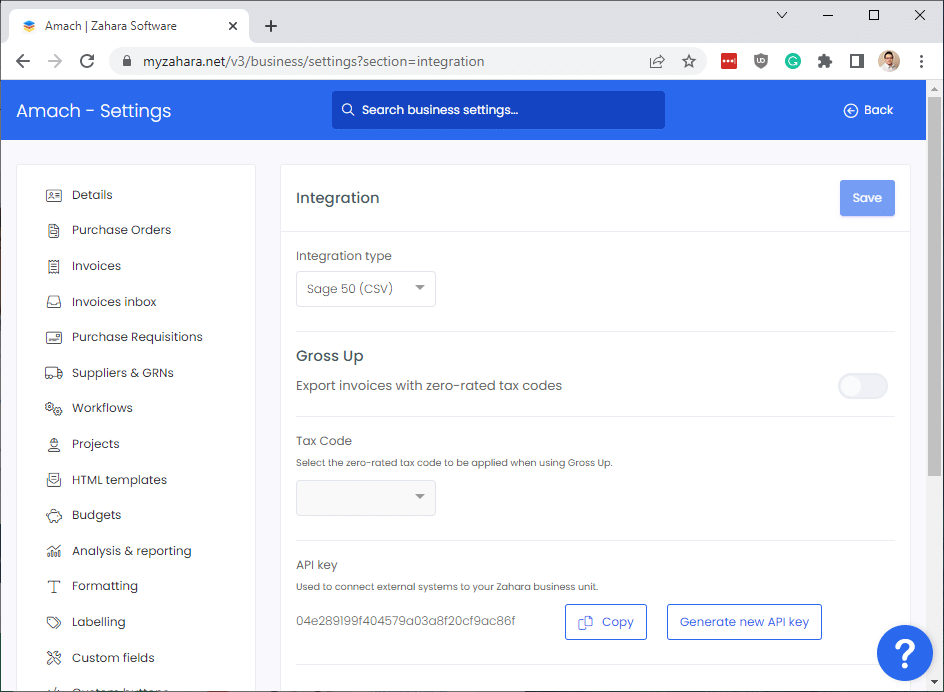Business Unit Category
Add an email signature
Coding Restrictions
Create new Business Unit
Custom Fields on Line Items
Customised labels
Date formating
Default delivery address
Division Management
Editing Email Templates
How to hide cost codes
Invoice email forwarding – Microsoft 365
Pros and Cons of Using Zahara’s Inbuilt Email Service vs. Your Own SMTP
SMTP & Email Sending
T&C on your PO Template
Invoice Processing Help Category
Auto reject supplier invoices
Auto rejecting of invoices issue
Finding an order or invoice
How to create a credit note
Invoice email forwarding – Microsoft 365
Invoice export colours
Invoice Inbox
Invoice List View
Invoice matching
Invoice Processing Explained
Month end cut offs
Negative Order Balance
Setting up Autopilot
Supplier Matching
Waiting for a GRN
Purchase Orders Category
Adding a product to an order
Adding documents to an order
Bulk importing orders
Close Orders Automatically
Closing an order
Copy PO to Buyer
Creating a Purchase Order
Deleting a PO
Duplicate Order Prevention
Editing an order
Finding an order or invoice
GRN an Order – Learn with this Guide
Grouped Purchase Orders
Import Line Items
Negative Order Balance
PO Template Editing
Product Centric Buying
Purchase Order Numbering
Purchase Order PDF
Purchase Order Prefix
Purchase Requisition Number
Quick Create a Purchase Order
Send PO to Supplier
Supplier order acceptance
What is a Purchase Order?
Zapier is a connector tool that will watch for events in one application – triggers – and make things happen in other applications. Currently, our integration with Zapier is listed as “Beta”, but that doesn’t mean that it’s not ready for you to take advantage of. Depending on the number of tasks that Zapier runs per month, it can be completely free. Our App is featured on Zapiers Integration list at https://zapier.com/.
Firstly, you are going to need a Zapier account. You can sign up for a free account here
Zapier can watch Zahara for a whole host of different events or triggers:

These include when a new purchase order is created, an invoice is approved, a supplier is updated, and much more.
Zapier can also watch for events or triggers from other applications. These could include when a new contact is added to Xero, a new PDF is added to OneDrive, and much more.
Zapier can then use data from these events or triggers to perform actions:

These include updating rows in a Google Sheets or Excel spreadsheet, exporting a PDF copy of an invoice to a Dropbox or OneDrive folder, updating a supplier in Xero, and much more.
Zapier can also action changes in Zahara itself. These could include creating a new purchase order, uploading a new PDF to the invoices inbox, and much more.
From Zahara’s listing on Zapiers Integration list, you can access a number of Zapier templates that allows you to quickly create your own workflows
These currently include:
Zapier can also action changes in Zahara itself. These could include creating a new purchase order, uploading a new PDF to the invoices inbox, and much more.
Zapier can also be used to create custom workflows. The general process is usually the same. The following example will explain how to Save Invoice PDFs in Dropbox:

